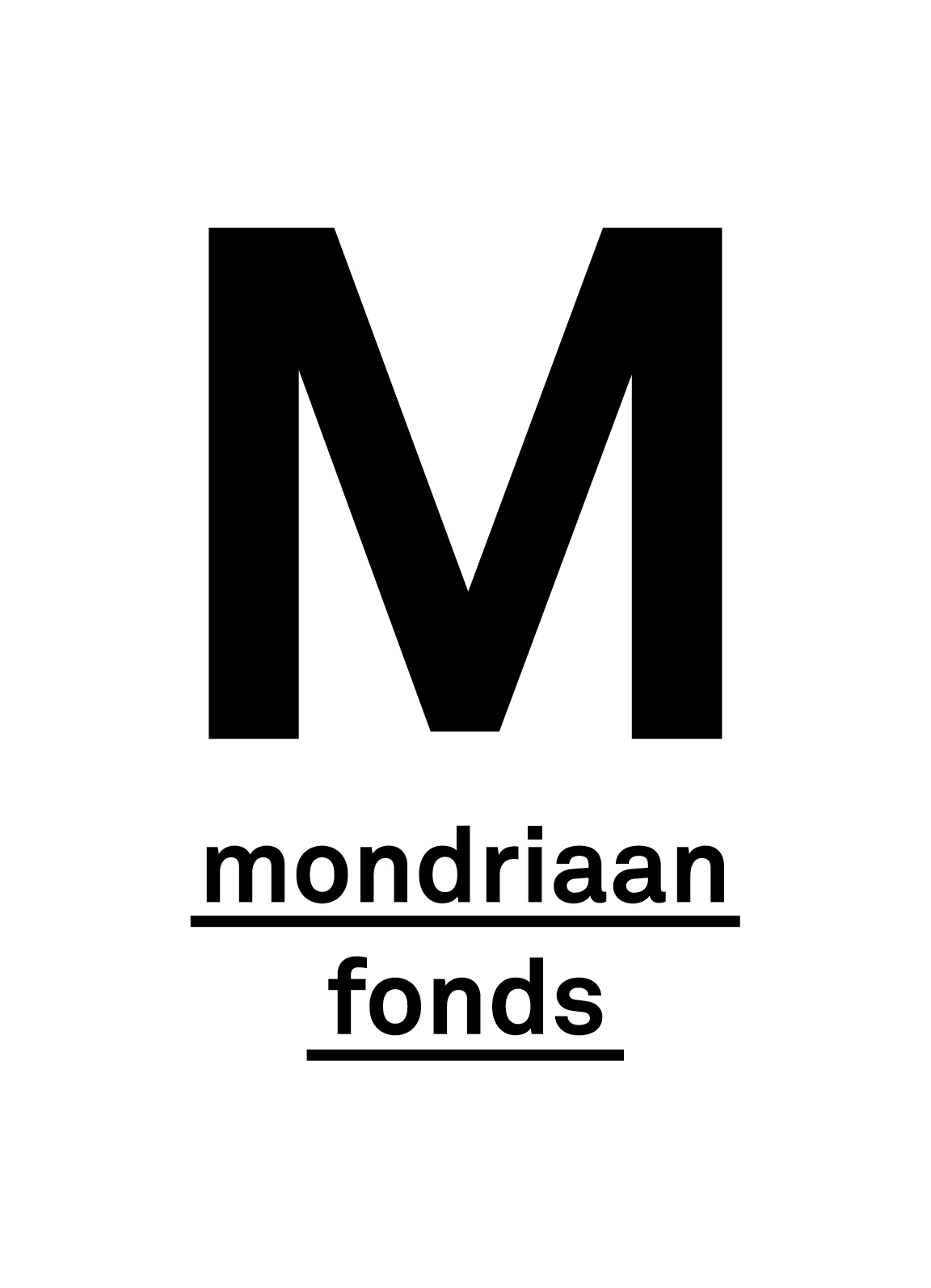From 11 October 2024 through 27 July 2025, Museum the Ship will present an exhibition on garden cities and garden villages based on the garden city idea. The garden city idea is a form of public housing and urban planning that emerged in England at the end of the nineteenth century. It was a direct response to slums and shacks and offered workers a new perspective of a beautiful and healthy living environment in green surroundings.
The English social reformer Ebenezer Howard played an important role in promoting the garden city idea. He articulated the garden city as a marriage between the city and the countryside. Thanks in part to Howard, the garden city idea became wildly popular. As a result, we can find gems in terms of garden cities, garden villages and garden suburbs based on this idea all over the world. Despite the big differences between them, the starting point has always been affordable housing in a green and healthy environment, a coherent vision for the living environment and a strong sense of community.
In the Netherlands alone, we can find several hundreds of examples, including some that were executed in beautiful Amsterdam School architecture. Think, for instance, of the garden villages of Amsterdam Noord, Agnetapark in Delft or Heijplaat in Rotterdam. Hilversum was even forged into a large cohesive garden city by world-renowned architect W.M. Dudok.
More relevant than ever
Due to its ideals of healthy and sustainable living, the garden city idea is more relevant than ever. Not only for preserving the heritage of garden villages and garden cities, but for future urban planning and public housing as well.
The exhibition at Museum Het Schip shows the international development of the garden city idea, from the utopians of the nineteenth century to Ebenezer Howard's garden cities and the construction of post-war New Towns. It also looks at current issues of sustainability and urban expansion.
World Garden Cities
Meet garden cities and their communities around the world. World Garden Cities is a brand new knowledge and networking platform and an ode to all garden cities and their communities around the world. The platform is a collaboration connecting all communities, tenant organisations, municipalities, architects, visitor centres, policy makers, historical and heritage associations and many other stakeholders. On this website, you can find inspiration on garden cities, seek cooperation with other garden cities or organisations and put your own garden city on the map. Join our network!




